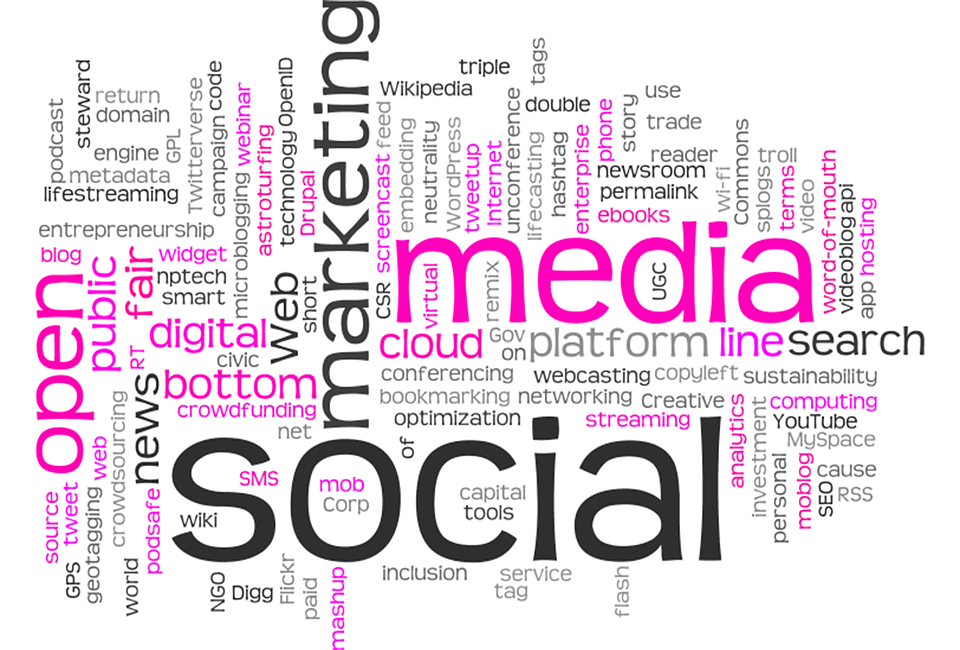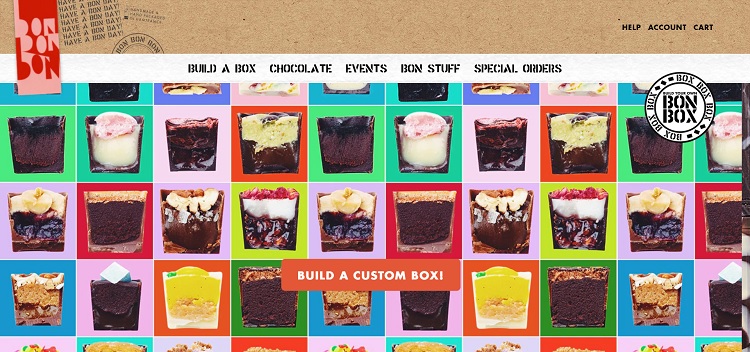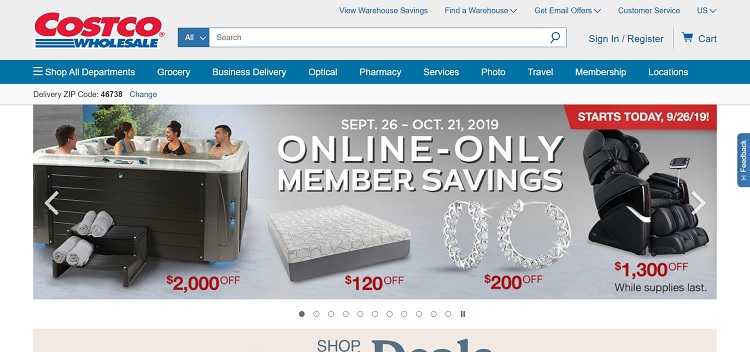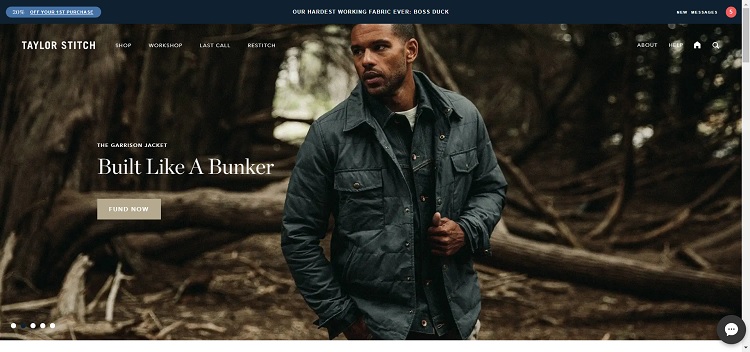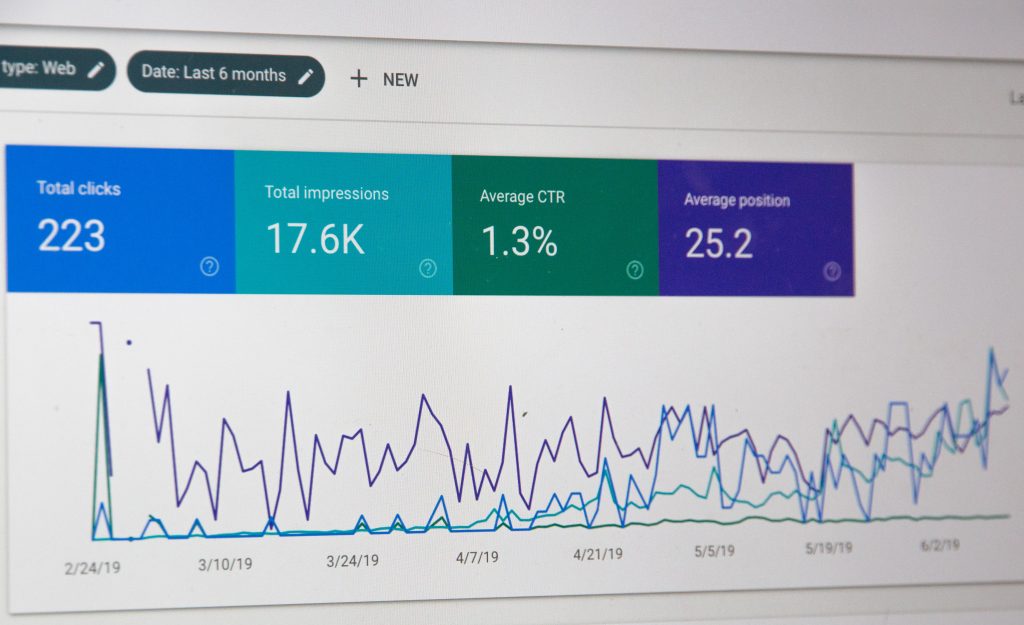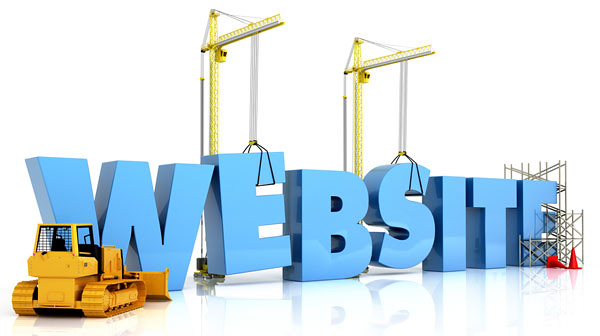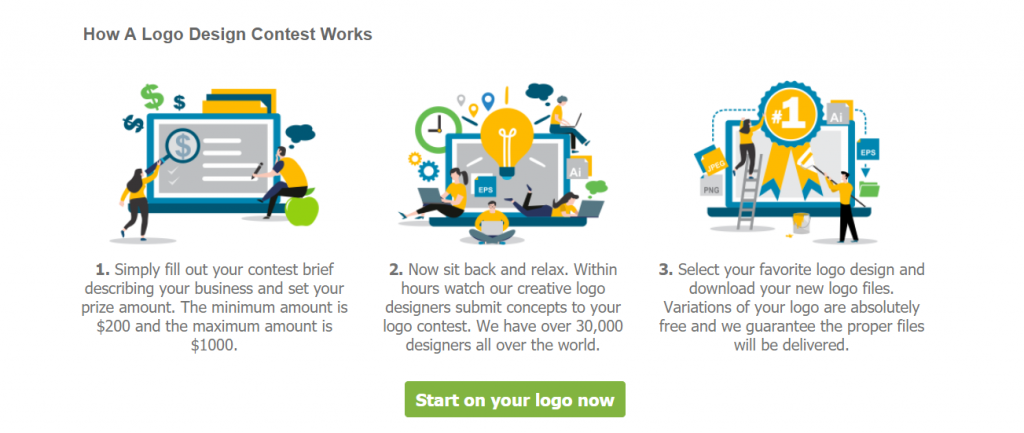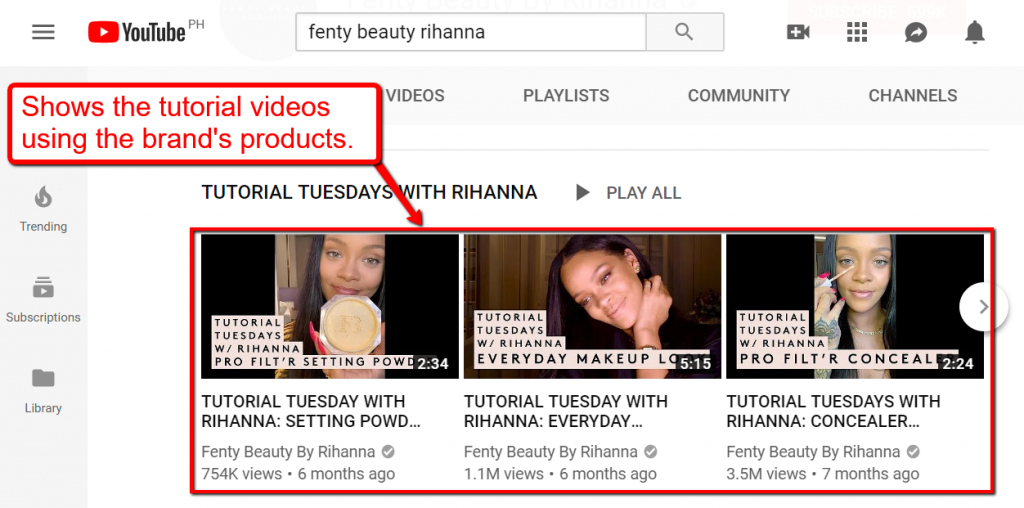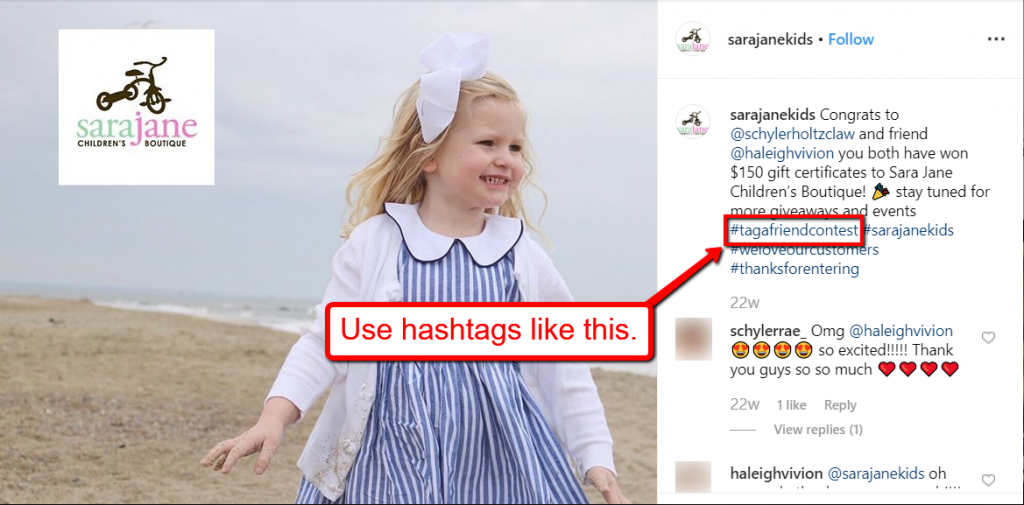
Top Tips for Boosting Retail Brand Awareness
In the world of retail, if you don’t have a brand, you don’t have much at all. Without one, you risk entering the market (and possibly exiting one rather quickly) as yet another nameless name on the shelf, one often purchased by accident when mom sends her kid to the store to get the product that actually sits next to your product on that same shelf. Your brand is the key reason for your buyers to come back, the key reason they wear or use your product, to begin with.
But just having a brand is also not enough in the ever-growing realm of retail. To make sure you get in front of the right audience, and preferably in front of enough people so that your chances of boosting sales are high, you should use all of your creativity and marketing know-how to grow your brand awareness every day. Here are a few ideas to keep in mind that will help you enhance your presence in the retail universe and grow your chances to become a household name.

Diversify your content creation
From the SEO point of view, as well as that of pure credibility, content is your best, if not your only bet in the oversaturated world of retail. Mere fluff-laden blogs with an occasional keyword here and there will no longer cut it to help your brand stand out in search engines, especially for common phrases such as “quality sneakers” or “best prom dress”. People want personalized, highly selective experiences, and they expect you to provide them through every bit of content you produce. That includes all of your product descriptions, every blog post, and every video you add.
From your website content, the kind you share on social media, all the way to the content you allow and inspire your users and customers to create (such as product reviews, blog posts, and videos), you need to make sure that your content pool is diverse, trendy, and up to date. Of course, brand consistency also needs to permeate all of your content efforts, to allow your brand to emerge no matter where, when, and who creates and posts is.
Build a stellar web presence
Your website is your retail brand’s greatest asset, and it can make or break your efforts to increase sales, engage more customers, reduce the number of abandoned carts, and inspire reviews. In fact, stellar website design needs to reflect your brand’s values perfectly and to serve as its most trusted vessel to convey your brand’s messages. It’s the key to keeping your retail brand memorable and to make sure it stands out among so many others that have similar offers.
Not to mention that a great part of your website’s design includes its ease of navigation, its loading speed, and of course, its visual appeal that will determine how long your customers will stay interested, linger on your site, or how often they’ll decide to go through with the purchase. No modern retail brand can survive without a spotless website, hence the need to regularly update your digital presence to ensure consistency as well as a wonderful user experience.
Work with influencers
Influencers play a great part in increasing brand awareness in the retail industry. They are the digital versions of our traditional word-of-mouth recommendations, they are relatable, and they have a vast pool of followers eager to look up to them, mimic them, and make the same choices based on their preferences. Therein lies the rub: handpicking influencers to work with is far better than investing in random collaborations that are short-lived. Consider it a commitment that will skyrocket your retail brand’s awareness in the eyes of your audience and soon-to-be audience.
From locally-based micro-influencers all the way to major players on social media as well as celebrities, you have numerous opportunities to build and grow your brand’s digital presence through such collaborations. Make sure that the influencers you choose are, of course, in line with your brand’s values, and that they actually have access to people that fit your target market. Because the only thing worse than no brand awareness is having any awareness in the wrong crowd.
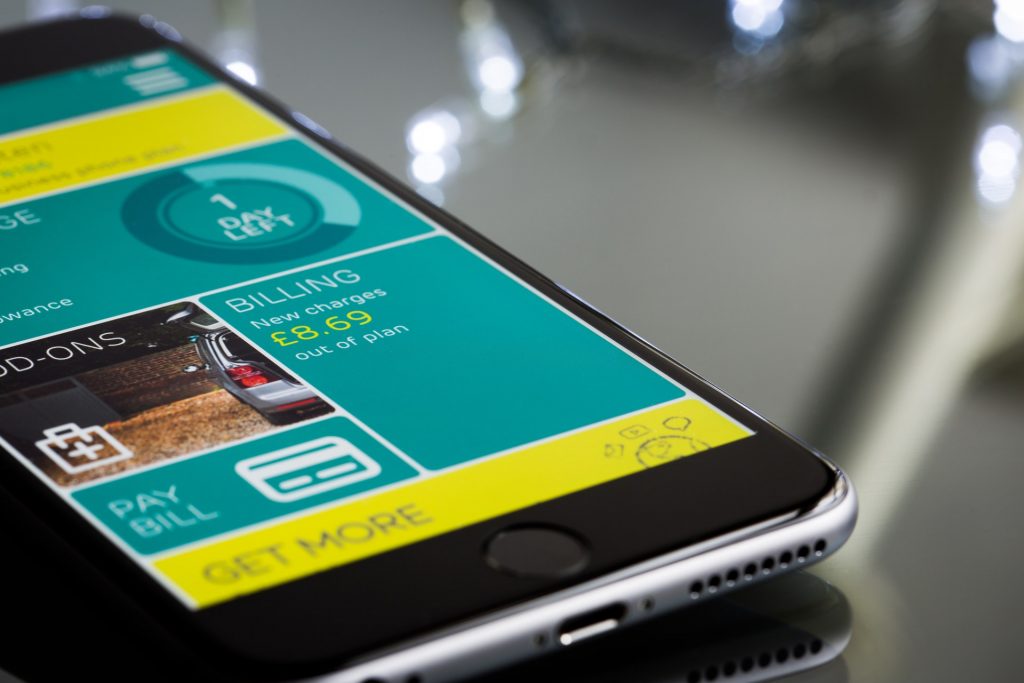
Partner up with the right people
Are you a small retail brand that specializes in a certain wearable? Or do you own a chain of stores that sell different brands in different locations? In both scenarios, working with the right local people means gaining more exposure in the right locations for your brand. For example, if you’re a larger retail business, you can benefit from supporting a smaller local brand by working on a project to add their accessories to your stores, while they support your effort to enter the local market by giving you a share of their shelves.
As a smaller retail brand, partnering up with a complementary business in the neighborhood can help you gain the right exposure, too. For example, we all know that coffee goes delightfully well with scones and muffins. If you have a brilliant recipe for cinnamon rolls or pumpkin pie, why not work with local coffee shops to offer your lovely goods in their stores? Multiply that by a range of different collaborations of local nature, and you’ll quickly gain more traction for your brand.
The retail world is fast to change, and those who cannot adapt tend to fade into oblivion. Use these tips to stay one (or several) steps ahead of the competition and stay relevant to your audience, no matter where they are.



